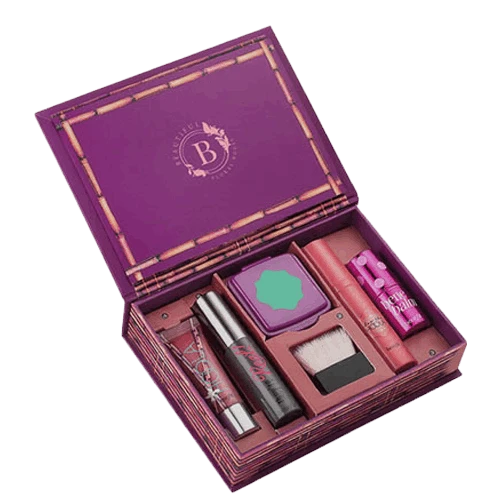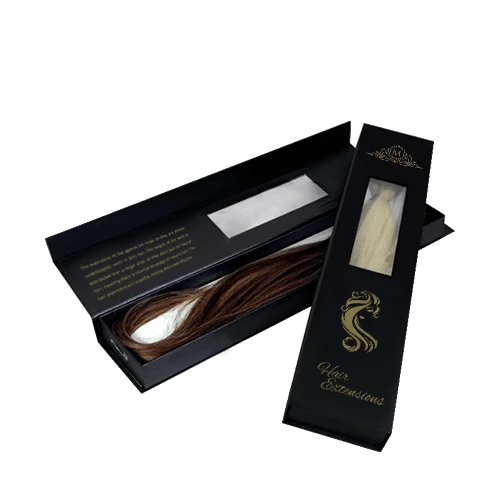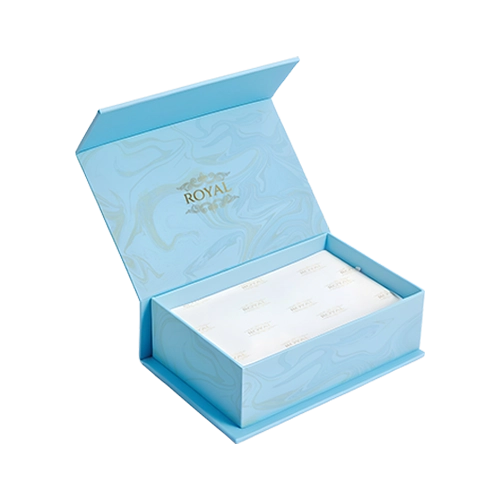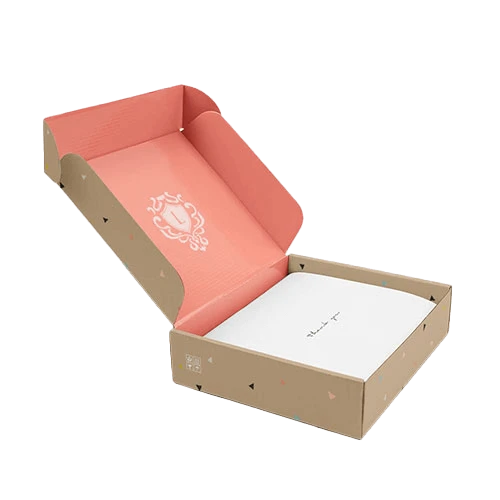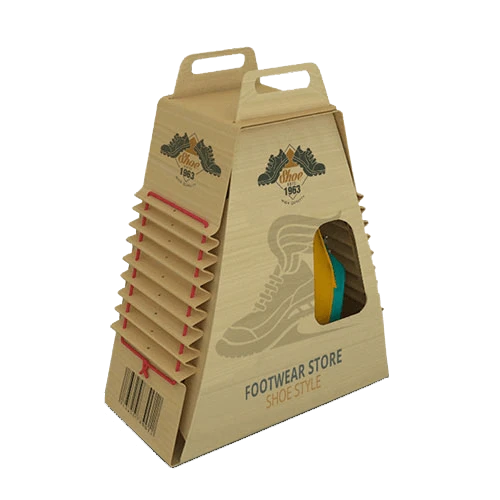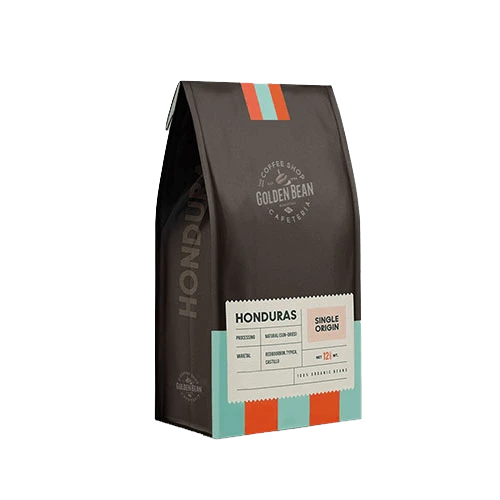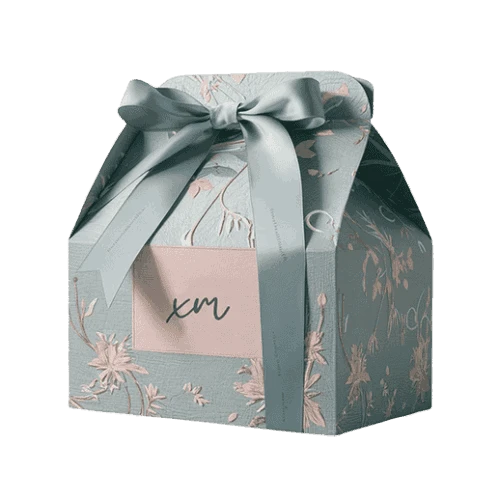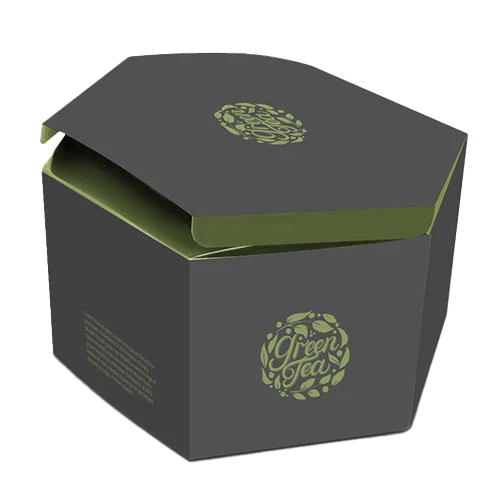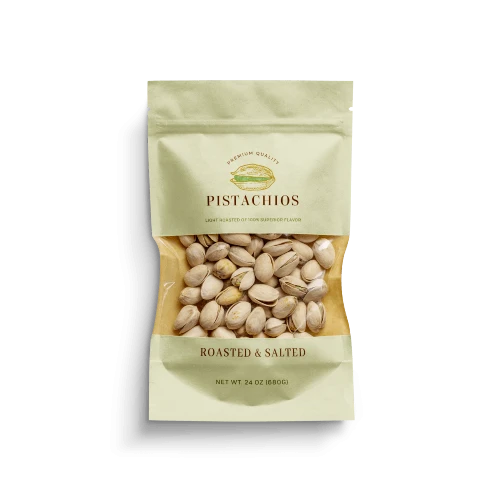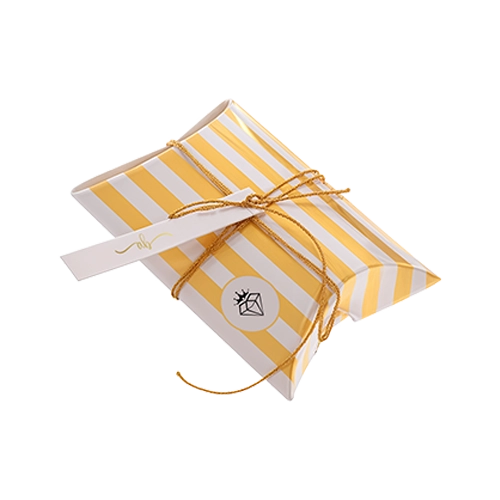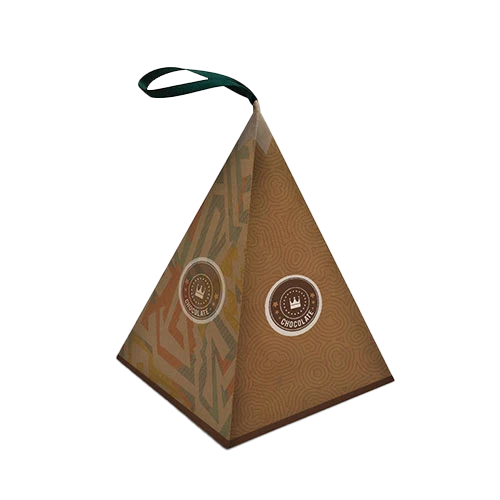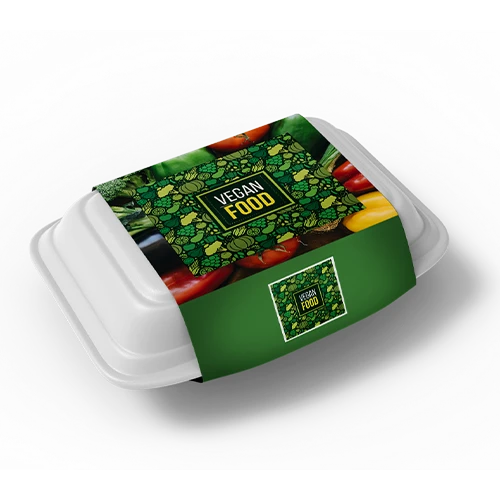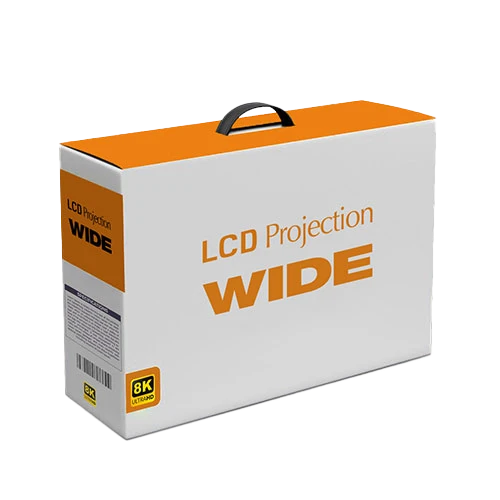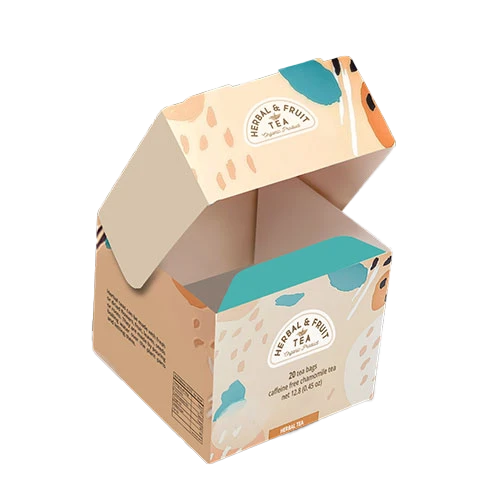Custom Packaging: The Key to Enhancing Brand Identity and Customer Experience
Custom packaging refers to the designing and production of packaging materials specifically tailored to fit a product and the brand's visual identity. This customization involves various aspects of the packaging, including its size, shape, color, design, and even the materials used. Personalized packaging is often used as a marketing tool to help a product stand out on the shelf and to enhance the overall customer experience. It reflects the brand's image and values and provides important product information in an aesthetically pleasing way.
Custom packaging should be designed with the specific product in mind. The packaging needs to be functional, providing adequate protection for the product during transport and storage, and easy to open for the customer. From a business perspective, customized packaging can lead to increased brand recognition, customer loyalty, and sales. It is a critical aspect of the product that goes beyond merely serving as a box and plays a crucial role in the overall branding and marketing strategy.
Impact of Custom Packaging on Potential Business Growth
Custom packaging drives business growth, allowing companies and manufacturers to showcase their brands better and stand out in a crowded market. By tailoring specific packaging to their products and target audience, businesses can create a more memorable and engaging customer experience. Custom-made packaging is a wise investment for any brand owner who wants to improve brand recognition, protect their products, and reduce shipping costs. It can improve brand perception, enhance customer experience, and drive business growth. Custom packaging also helps to protect your products during shipping, ensuring that they arrive at their destination in perfect condition. Moreover, custom packaging can provide added value and functionality, such as eco-friendly or reusable options, which can further enhance a brand's reputation and customer loyalty.
There are various types of custom-made packaging, each designed to serve specific purposes and accommodate different product types. Some of the commonly used packaging types include:
- Custom Boxes:Custom product boxes can be tailored to any size, shape, or color, often featuring a company's logo or branding. They are made from various materials, including cardboard, corrugated fiberboard, or plastic.
- E-commerce Packaging: These boxes are made from durable corrugated cardboard and customized with different colors, sizes, and branding. Corrugated e-commerce packaging is robust and perfect for shipping goods like clothing or other smaller items.
- Custom Pouches or Bags: Mylar bags are often used for smaller items, food products, or promotional items. These bags can be printed with unique designs or logos.
- Custom Wrapping Paper or Tissue Paper: Custom printed wrapping or tissue paper can add an extra layer of branding and can make the unboxing experience feel more luxurious.
- Custom Inserts: Protective packaging inserts are made to fit inside the product boxes and are designed to protect and arrange the product in an appealing way.
- Custom Labels and Stickers: These custom printed product labels can be used on any custom or generic product packaging to add branding, information, or other decorative elements.
Enhance Customer Experience with Custom Packaging: Tips for Startups and Small Businesses
Small businesses can especially benefit from custom packaging as it can help enhance brand visibility and create a memorable unboxing experience for new customers. The process of designing impactful custom product packaging starts with clearly understanding your brand and its values. Your packaging should reflect your brand values and resonate with your target audience. Keeping it simple is also key. A simple, clean design stands out more than a complex one. Ensure your personalized brand name and logo are clear and easily recognizable. The quality of your packaging materials reflects on your brand, so it is better to invest in high-quality materials that protect your product and provide a positive customer experience. Adding personal touches is another way to make your customers feel special. Explore unique shapes, or incorporate interactive elements that make unboxing an enjoyable experience. Small details like adding a thank-you note or a small freebie go also a long way. Additionally, think about the size of your packaging. It is essential to find a balance between not wasting materials while still adequately protecting your product.
Here are some unique customization features that can add value to your product and elevate your brand's perception:
- Embossing & Debossing: These techniques add a tactile and visual appeal to your packaging design. Embossing raises a logo or design element while debossing presses it into the material.
- Foil Stamping: This adds a metallic sheen to specific design elements, making them stand out and feel more luxurious.
- Die-Cut Windows: These allow customers to view the product inside without opening the package, adding an interactive touch to the packaging design.
- Lamination: This adds a glossy or matte finish to your packaging, enhancing its look and feel while providing additional durability. You can further customize your products with luxury lamination options including soft touch, sandy and textured laminations.
- Custom Shapes and Sizes: Unique shapes and sizes make your packaging stand out among standard rectangular or square boxes and offer better protection and a more tailored look.
- Custom Tape or Seals: Custom-printed tape or seals add an extra touch of personalization and brand reinforcement.
- Unique Closures: Unique closures solutions like magnets or personalized ribbons can help create a distinctive unboxing experience.
- Artistic or Handmade Elements: Consider including elements that are hand-drawn, painted, or otherwise artistically created for a unique, bespoke feel.
By incorporating these innovative features, your packaging can become a powerful marketing tool that amplifies your brand and engages your customers in an entirely new way.









